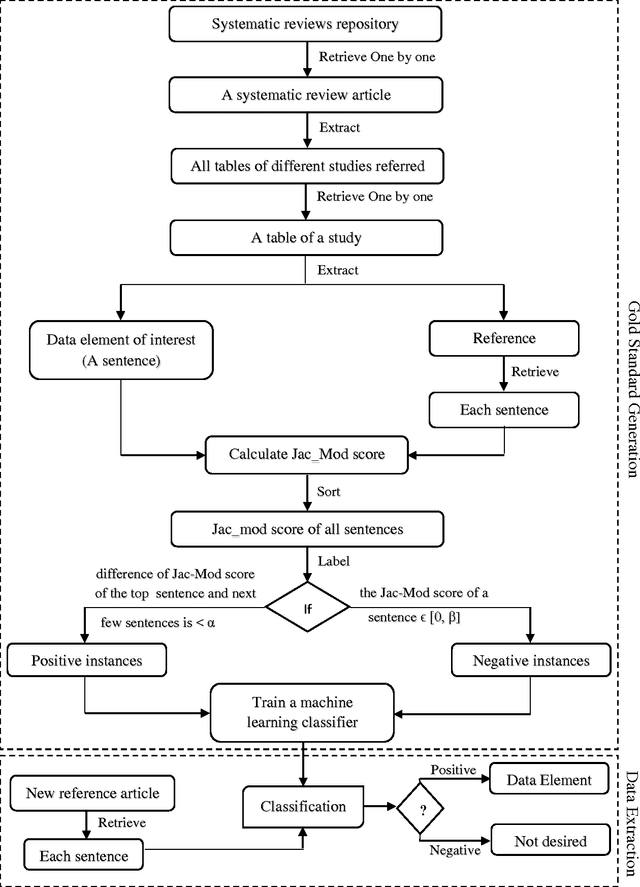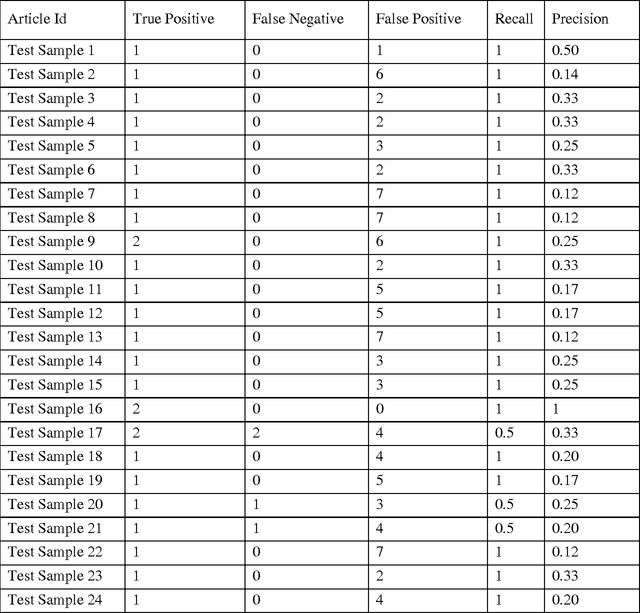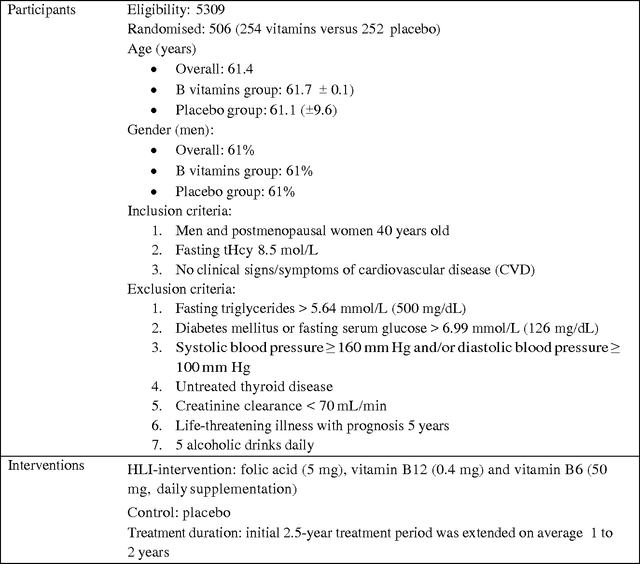Shraman Kumar
A Novel Framework to Expedite Systematic Reviews by Automatically Building Information Extraction Training Corpora
Jun 21, 2016


Abstract:A systematic review identifies and collates various clinical studies and compares data elements and results in order to provide an evidence based answer for a particular clinical question. The process is manual and involves lot of time. A tool to automate this process is lacking. The aim of this work is to develop a framework using natural language processing and machine learning to build information extraction algorithms to identify data elements in a new primary publication, without having to go through the expensive task of manual annotation to build gold standards for each data element type. The system is developed in two stages. Initially, it uses information contained in existing systematic reviews to identify the sentences from the PDF files of the included references that contain specific data elements of interest using a modified Jaccard similarity measure. These sentences have been treated as labeled data.A Support Vector Machine (SVM) classifier is trained on this labeled data to extract data elements of interests from a new article. We conducted experiments on Cochrane Database systematic reviews related to congestive heart failure using inclusion criteria as an example data element. The empirical results show that the proposed system automatically identifies sentences containing the data element of interest with a high recall (93.75%) and reasonable precision (27.05% - which means the reviewers have to read only 3.7 sentences on average). The empirical results suggest that the tool is retrieving valuable information from the reference articles, even when it is time-consuming to identify them manually. Thus we hope that the tool will be useful for automatic data extraction from biomedical research publications. The future scope of this work is to generalize this information framework for all types of systematic reviews.
WASSUP? LOL : Characterizing Out-of-Vocabulary Words in Twitter
Jan 31, 2016Abstract:Language in social media is mostly driven by new words and spellings that are constantly entering the lexicon thereby polluting it and resulting in high deviation from the formal written version. The primary entities of such language are the out-of-vocabulary (OOV) words. In this paper, we study various sociolinguistic properties of the OOV words and propose a classification model to categorize them into at least six categories. We achieve 81.26% accuracy with high precision and recall. We observe that the content features are the most discriminative ones followed by lexical and context features.
 Add to Chrome
Add to Chrome Add to Firefox
Add to Firefox Add to Edge
Add to Edge